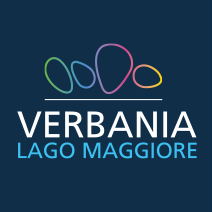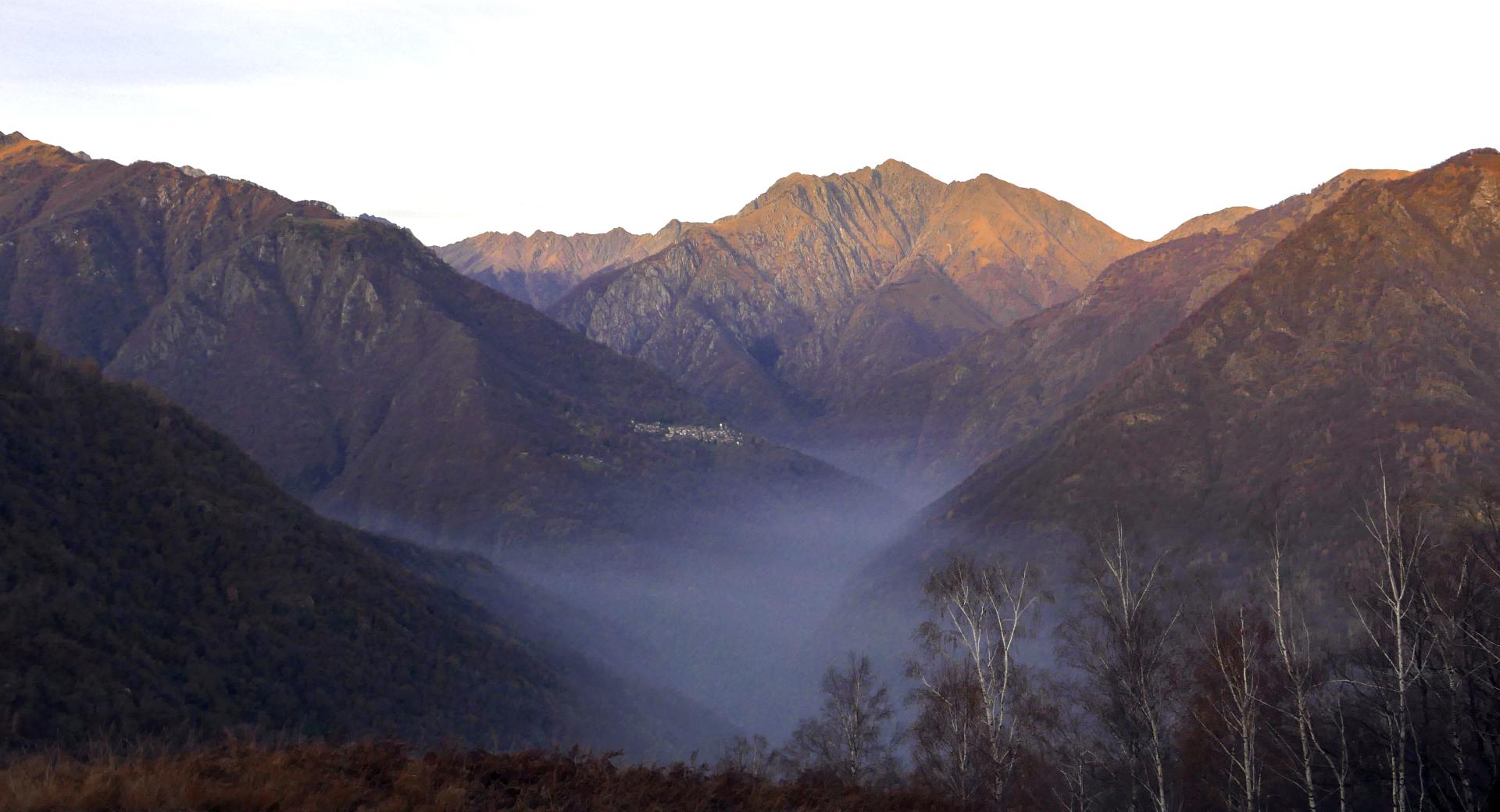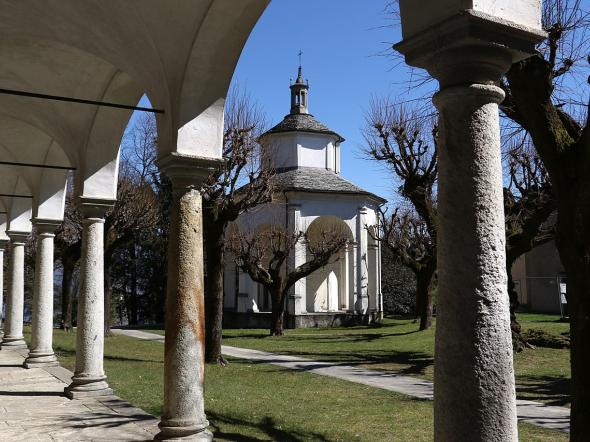Among the sites that fully qualify as national beauties recognized as UNESCO World Heritage on the territory of Verbania, currently include religious places such as the Sacred Mountains of Piedmont and archaeological sites like Prehistoric Pile dwellings around the Alps, both listed in the World Heritage List. Additionally, the Sesia Valgrande Geopark, the Ticino Val Grande Verbano, listed among the Man and the Biosphere reserves, and, last but not least, "The Art of Dry Stone Walls" and "Mountaineering" are inscribed in the List of Intangible Cultural Heritage.
by: Comune di Verbania




